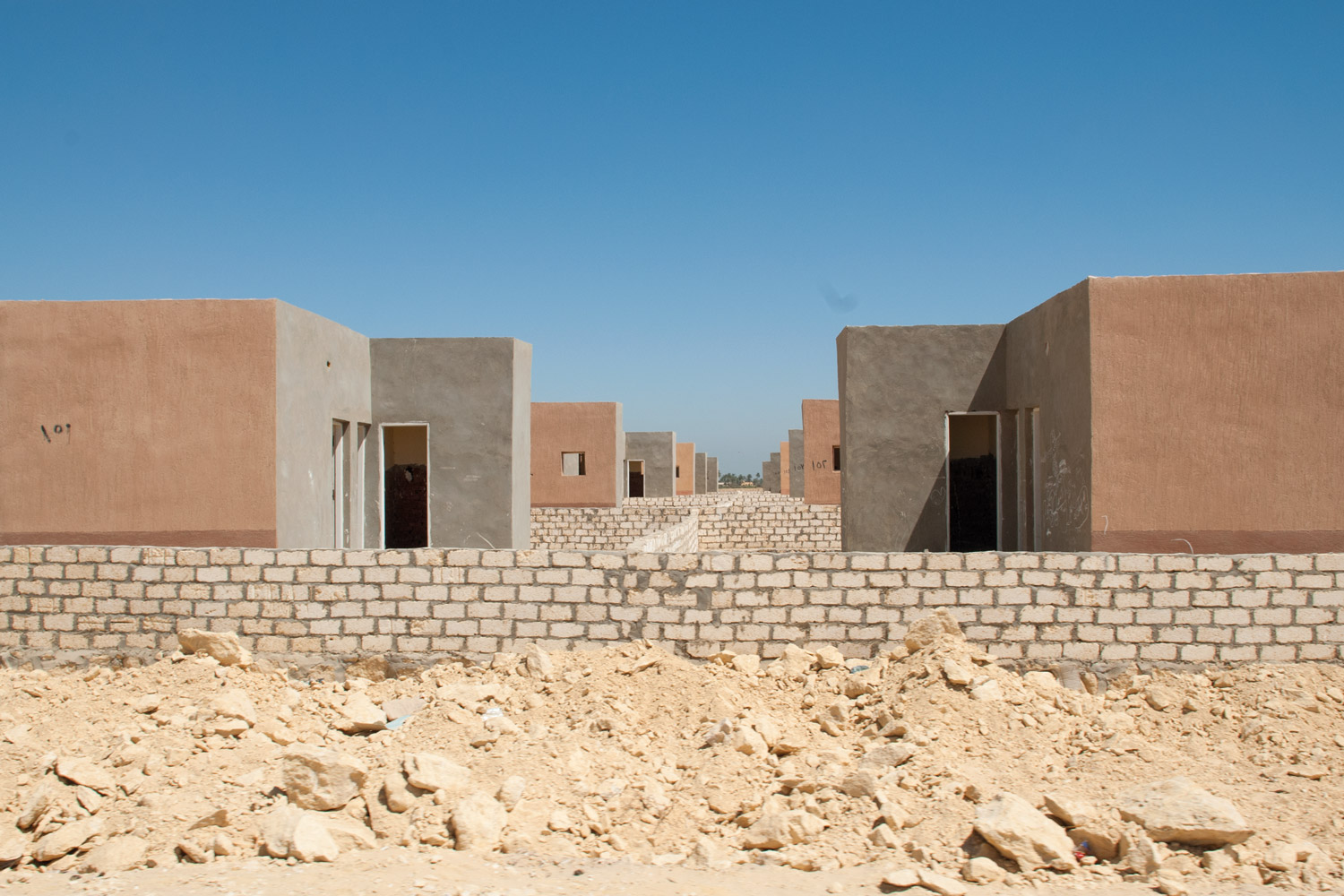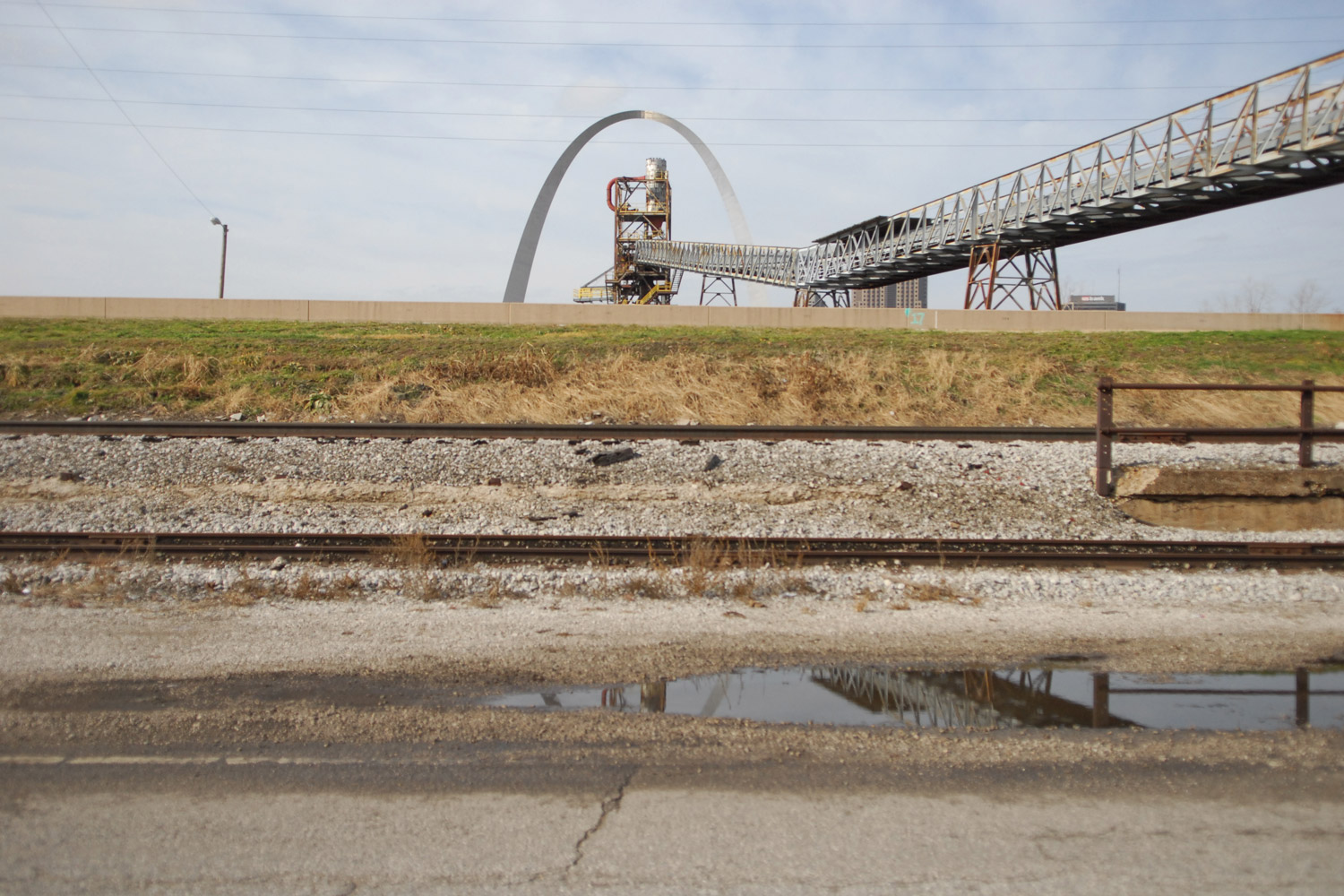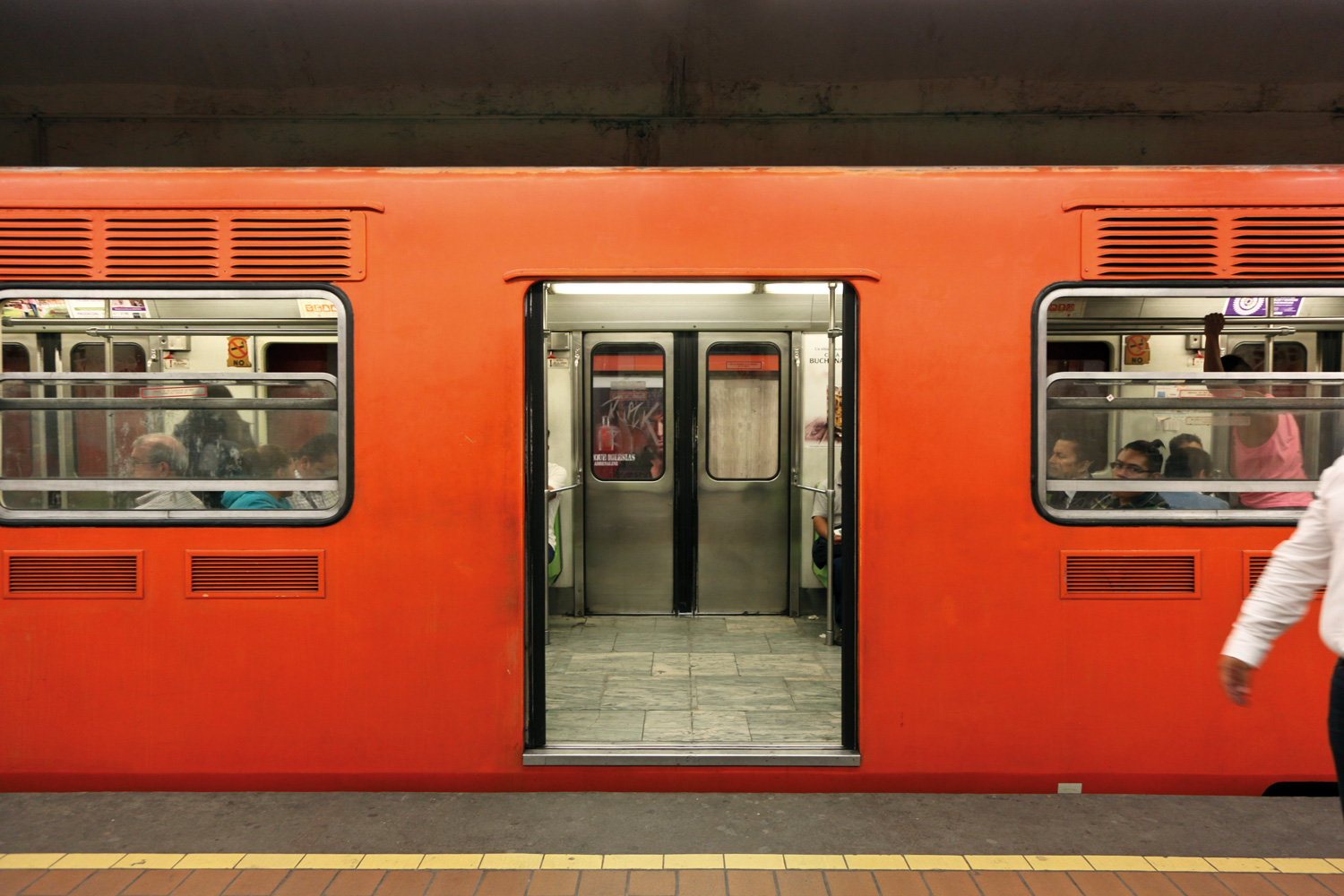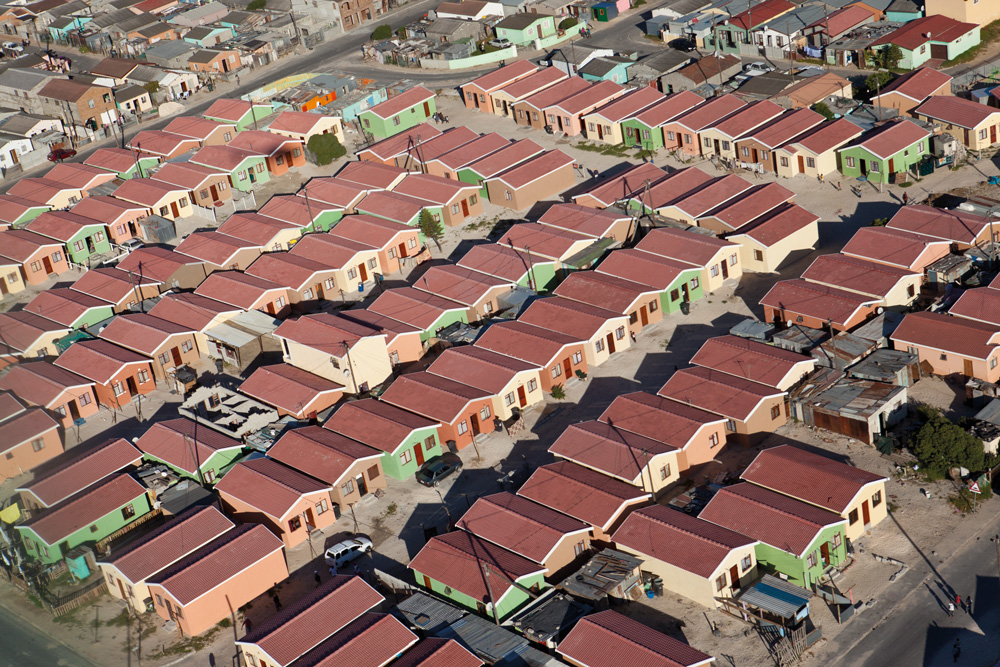As income inequality and urbanization reach record levels, our cities are
increasingly divided. Often materialized through architecture, boundaries
define communities for social, cultural, geo-political and economic purposes.
Typically visualized as walls, fences, and security infrastructure, this condition
is familiar and often understood as linear and binary: separating one entity
from the other. However, we seek to investigate divides as a wider mechanism
of global urbanism, and one that is more spatially and socially complex.
In the public imagination, urban divides are often defined by political conflict
and iconized as “other.” Yet today urban divides are not spaces of exception.
Dialogue on urban divides is burgeoning: cities globally are seeing amplified
gentrification, ghettoization and informal growth. The Yale Architectural
Journal’s 50th issue aims to assemble the multiple discussions on urban
divides and unpack architecture’s role. Given that any act of architecture is
simultaneously including and excluding, Urban Divides provides a lens to
explore its larger social impact.
Dana Cuff
Power Lines: Boundaries
of Erasure and Expansion in
Los Angeles
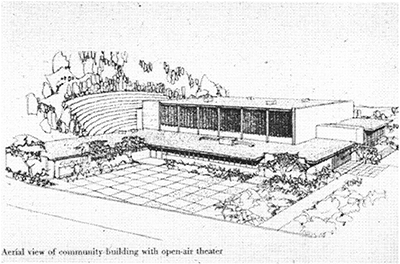
Jesse Vogler
{Dis}Incorporation:
Further Notes on the City as
a Legal Concept
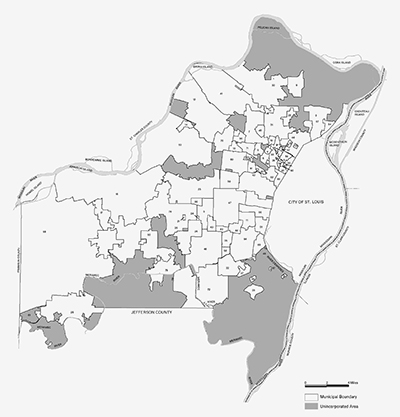
Mark Hackett and
Ken Sterrett
(Re)Connecting
Belfast: Mobility Justice in
Divided Cities

Mitch McEwen
Watercraft: Detroit Water
Infrastructure and Its
Protocols of Sprawl and
Displacement
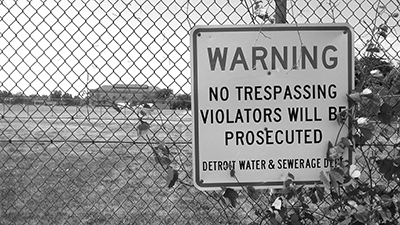
Kian Goh
Terrains of Contestation:
The Politics of Designing
Urban Adaption
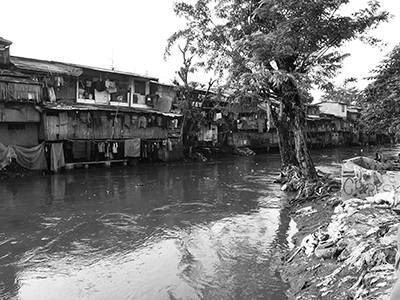
Michael Sorkin with Terreform
A Metropolis
– Not an Enclave
Gaza Ring City
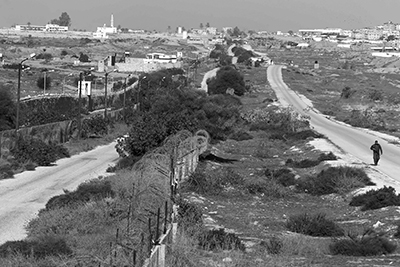
Tatiana Bilbao Estudio
with Onnis Luque
Forever Transient:
Life at the “Affordable”
Mexican Periphery
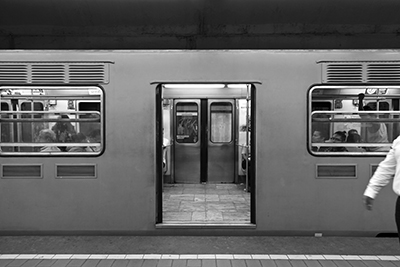
Guy Trangoš
Deepening Division:
Interpreting Scales of
Spatial Contestation in
Johannesburg
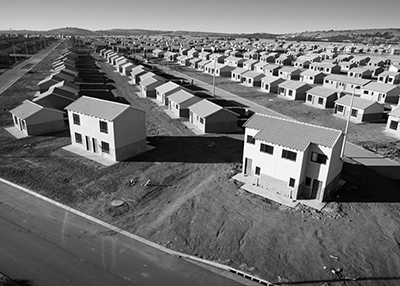
Alfredo Brillembourg,
Hubert Klumpner and
Alexis Kalagas
Separation Anxiety:
Inequality and Exclusion in
Athens and Cape Town
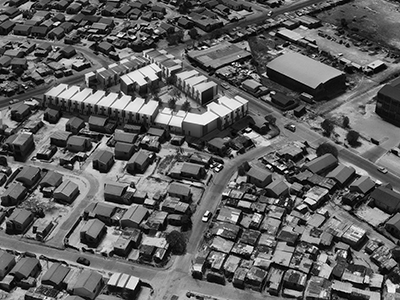
Todd Reisz
“Along Sound Lines”:
Drawing up Dubai’s Labor
Camps from 1950 to 2008
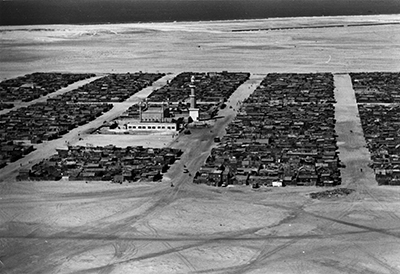
Annabel Jane Wharton
Jerusalem’s Divisions:
Architectures and
Topographies of Urban
Violence
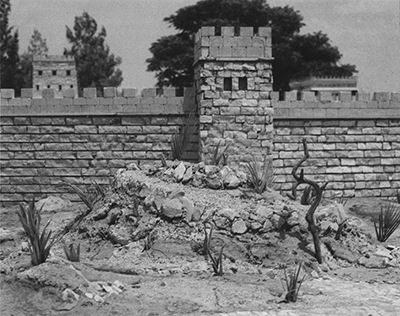
Meghan McAllister
and Mahdi Sabbagh
Evidence: Visualizing Urban
Divides
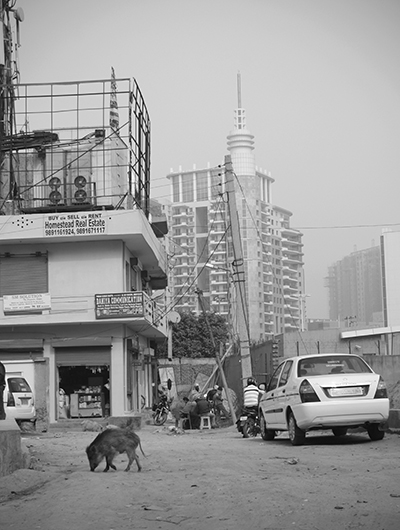
Anooradha Iyer Siddiqi
and Alishine Osman
Traversals: In and Out of the
Dadaab Refugee Camps
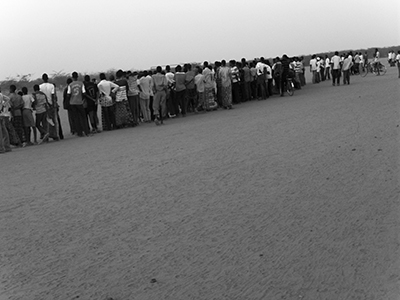
Decolonizing Architecture Art
Residency, with the Editors
The Concrete Tent: A
Paradox of Permanent
Temporalitycement
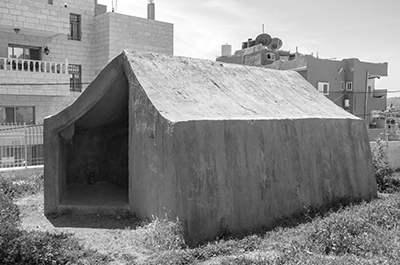
Jyoti Hosagrahar
Heritage, Modernity, and
Difference in Contemporary
Indian Urbanism
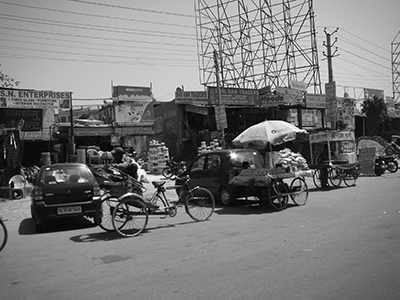
Theresa Williamson
Rio’s Favelas: The Power of
Informal Urbanism
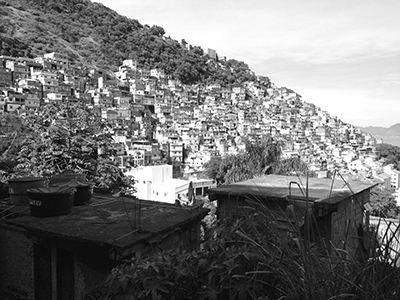
Andreea Cojocaru
A Hierarchy of Separation:
Emerging Territorialization
Techniques in Romanian
Gypsy Communities
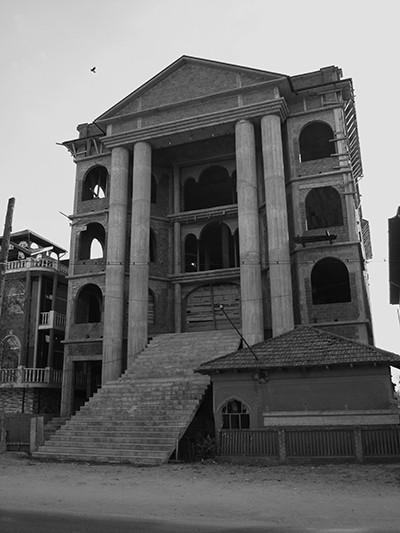
Andrés Jaque
Transmedia Urbanism:
Berlusconi and the Birth of
Targeted Difference
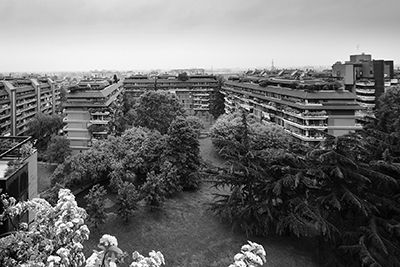
Gary W. McDonogh
Open Portals: On the
Divisions and Permeabilities
of Global Chinatowns
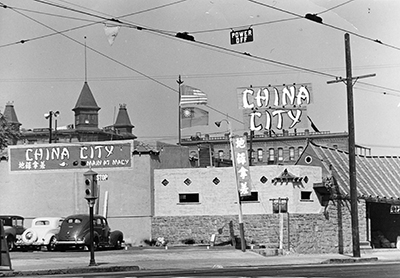
Jenny Holzer
The Making of a Public:
Guerilla Art in the 1970s and
‘80s
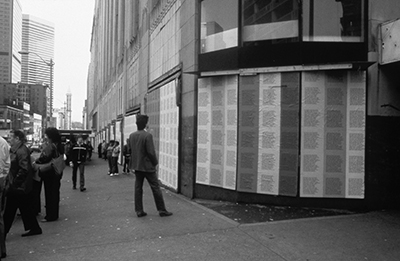
Studio Gang
Toward new possibility in the
public realm, together: Polis
Station
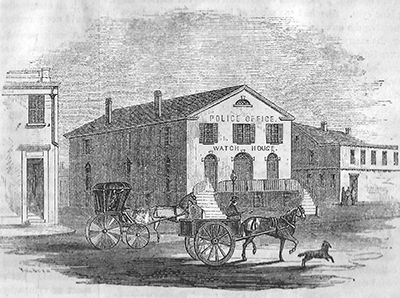
Jeffrey Hou
Urban Commoning in Cities
Divided: Field Notes from
Hong Kong and Taipei
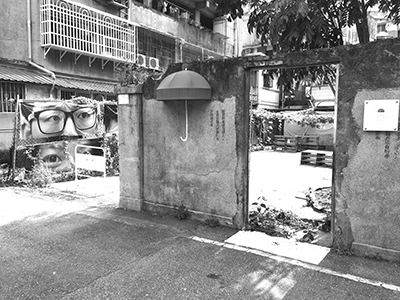
Marisa Angell Brown
Radical Urbanism in the
Divided City: On M. Paul
Friedberg’s Riis Park Plaza
(1966)
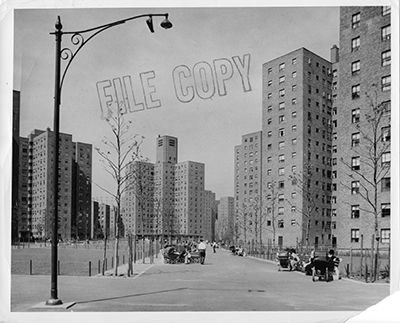
Perspecta is an academic journal published since 1952 by the Yale School
of Architecture and distributed by the MIT Press. It is the oldest studentedited
architectural journal in the United States, is internationally respected
for its contributions to contemporary architectural discourse with original
presentations of new projects as well as historical and theoretical essays.
Graduate students are competitively chosen to edit each issue. Perspecta’s
editors solicit articles from distinguished scholars and practitioners from
around the world, and then, working with graphic design students from the
Yale School of Art, produce the journal. Contributors include some of the
most important figures in contemporary architecture worldwide.
For more information, see:
Perspecta (Yale University, School of Architecture)





